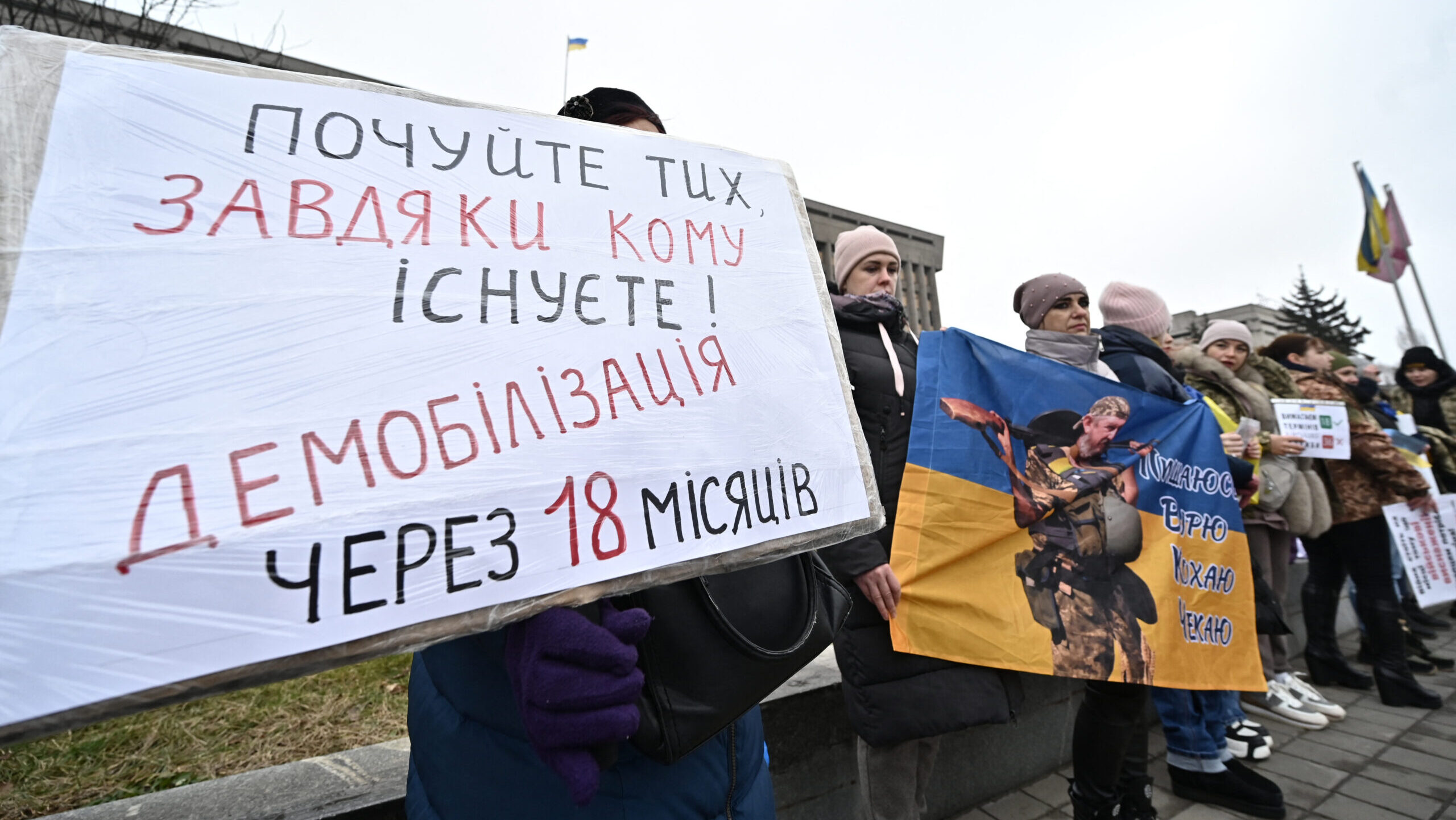The Ukrainian Armed Forces have rejected accusations that members of the Territorial Center of Recruitment and Social Support (TCC)—conscription officers—killed a Transcarpathian Hungarian man during forced conscription. ‘We categorically reject any assumptions regarding forced mobilization, cruel treatment, or human rights violations,’ the Command of the Land Forces stated on Thursday.
On Wednesday evening, Hungarian outlet Mandiner reported that a 45-year-old Transcarpathian Hungarian man, József S, was beaten to death by Ukrainian conscription officers wielding iron bars. According to the report, the victim’s sister shared details about his death on Facebook, revealing that he had spent his final three weeks in intensive care in Berehove (Beregszász).
An eyewitness claimed that conscription officers apprehended József S as he tried to flee to avoid being sent to the front, near the Parisel café in Beregszász. He was allegedly forced into a van and transported to the recruitment centre in Uzhhorod (Ungvár), then taken to Mukachevo (Munkács) and conscripted into the 128th Brigade. There, in a forest, he was reportedly beaten with iron bars and, the following day, sent into active duty, where he collapsed. Mandiner’s sources indicated that the family had initially been led to believe he was safe.
Hungarian Prime Minister Viktor Orbán expressed his condolences to the man’s family on Thursday. During a radio interview on Friday, Orbán issued sharp criticism of Ukraine’s EU candidacy and conduct in the war, warning that Hungary would not support the admission of a country where a Hungarian citizen could be beaten to death during forced military conscription.
On Thursday, Hungary’s Ministry of Foreign Affairs and Trade summoned Ukraine’s Ambassador to Hungary Sándor Fegyir, demanding an explanation. Parliamentary State Secretary Levente Magyar condemned the act, stating: ‘It is outrageous and unacceptable to beat someone to death, especially a Hungarian man, simply because he did not want to go to war and did not wish to participate in senseless killing.’ Media reports suggest that Fegyir was unable to provide a clear explanation due to limited information about the case.
In its statement, the Ukrainian Armed Forces claimed that József S left his military unit without authorization on 18 June and subsequently sought help at the emergency department of the Berehove Central District Hospital. According to the statement, he was diagnosed with an ‘acute stress reaction’ and was hospitalized for inpatient treatment at the Regional Psychiatric Care Facility in the same city. ‘According to the inpatient medical record, no bodily injuries were found during the examination,’ the statement read.
‘The conclusion of the forensic medical examination confirms that the cause of death, which occurred on 6 July 2025, was pulmonary artery thromboembolism, with no signs of bodily injuries that could indicate violence.’
This sharply contrasts with the account shared by the victim’s sister on Facebook. ‘Neurosurgeon András Csókay compared the heinous crime to the execution of Bishop Tódor Romzsa,’ she wrote, describing how severe her brother’s injuries were. Bishop Romzsa, a Transcarpathian Greek Catholic priest, died on 27 October 1947 after a Soviet military truck deliberately rammed his horse-drawn carriage. The attackers then assaulted him and his entourage with iron bars. Though hospitalized with severe injuries, he was subsequently poisoned by the Soviet secret service (NKVD).
The Ukrainian Armed Forces stated they remain open to ‘a transparent examination of the circumstances of this situation within the framework of Ukrainian legislation and uphold the principle of non-interference in the internal affairs of sovereign states.’
They also urged the media, the public, and representatives of foreign governments to ‘refrain from spreading unverified or emotionally charged information that could become an instrument for destructive influence or information operations by the enemy state.’
Related articles:







